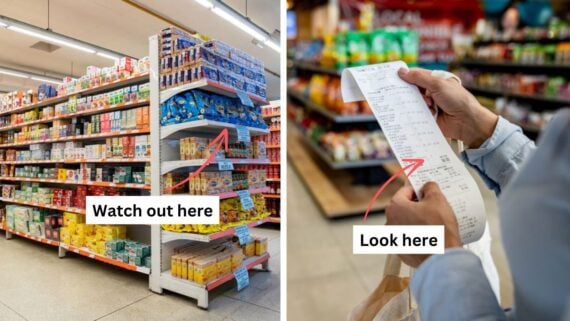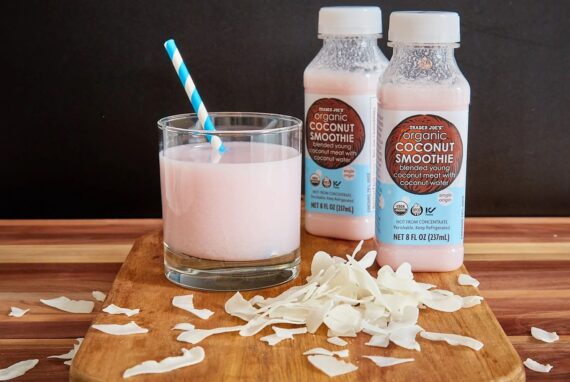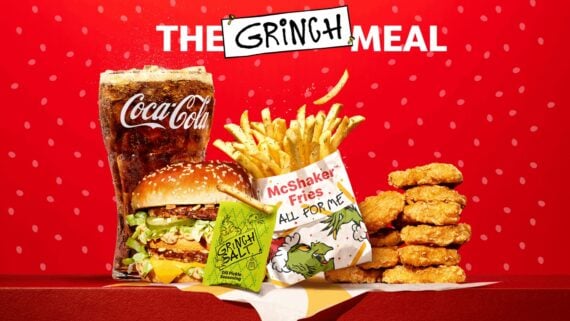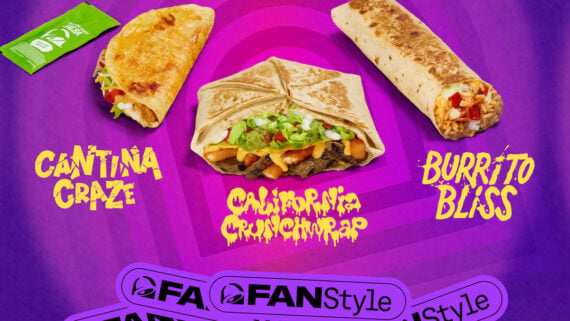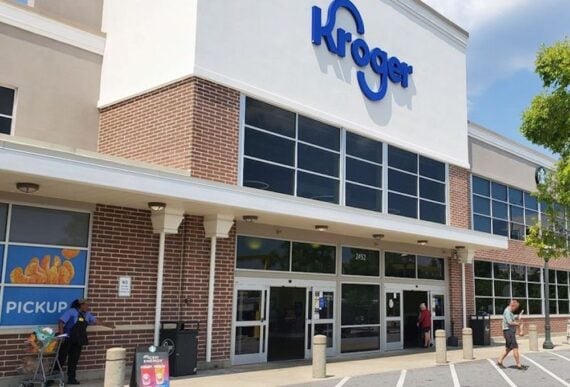With grocery prices remaining high these days, we’ve all had to become a bit more savvy when it comes to saving money at the supermarket. That being said, you can still make pricey mistakes falling for slick merchandising or overpaying for name brands.
Here are mistakes to watch out for next time you cruise the supermarket aisles.
Skipping Store Flyers
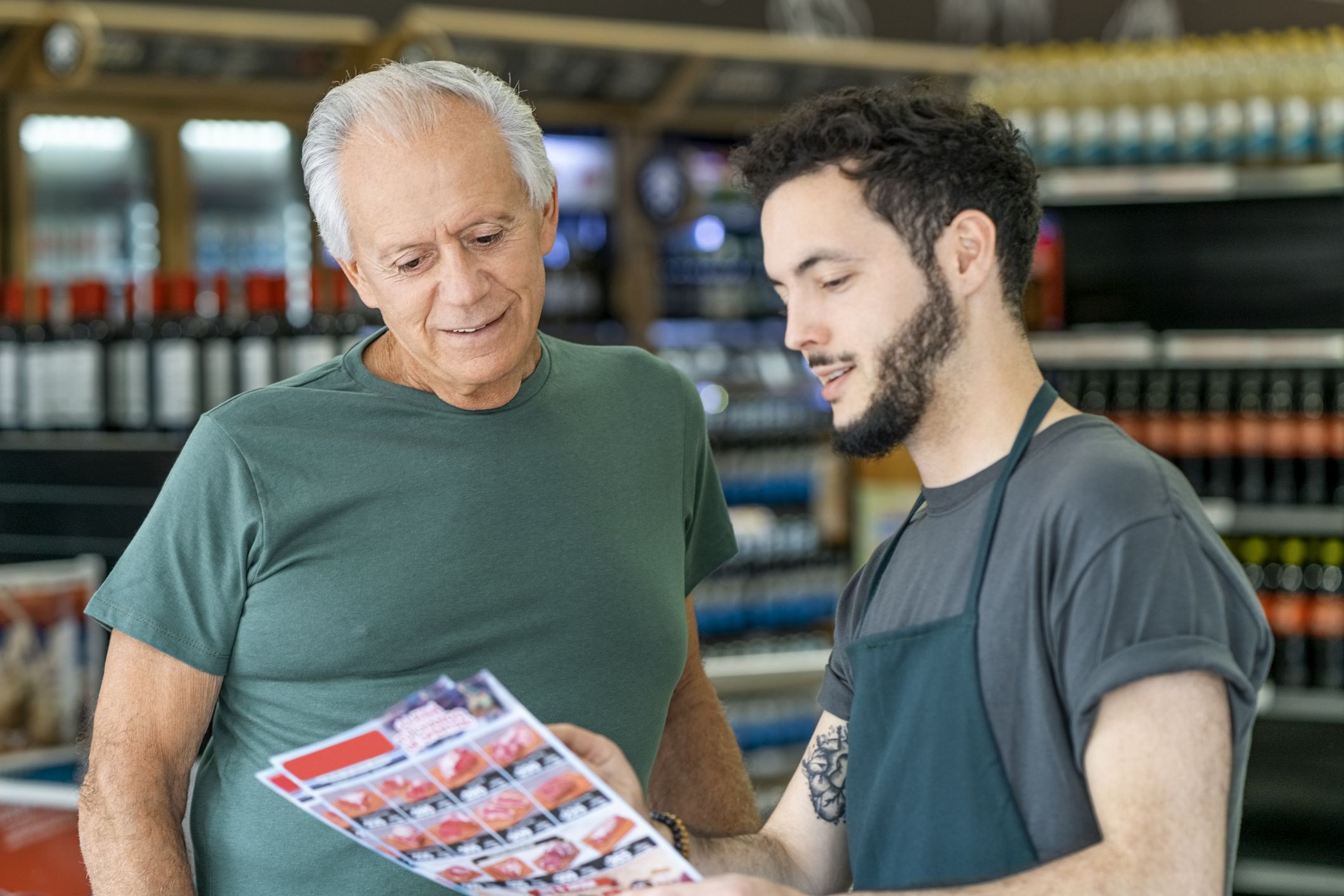
While they may seem like birdcage liner, take the time to look over the store flyers. They’re usually in newspapers or inserted into weekly local circulars, so get into the habit of going through them to know what’s on sale when. You can also find digital versions of the flyers on grocery stores’ websites.
Not Looking Over the Return Policy
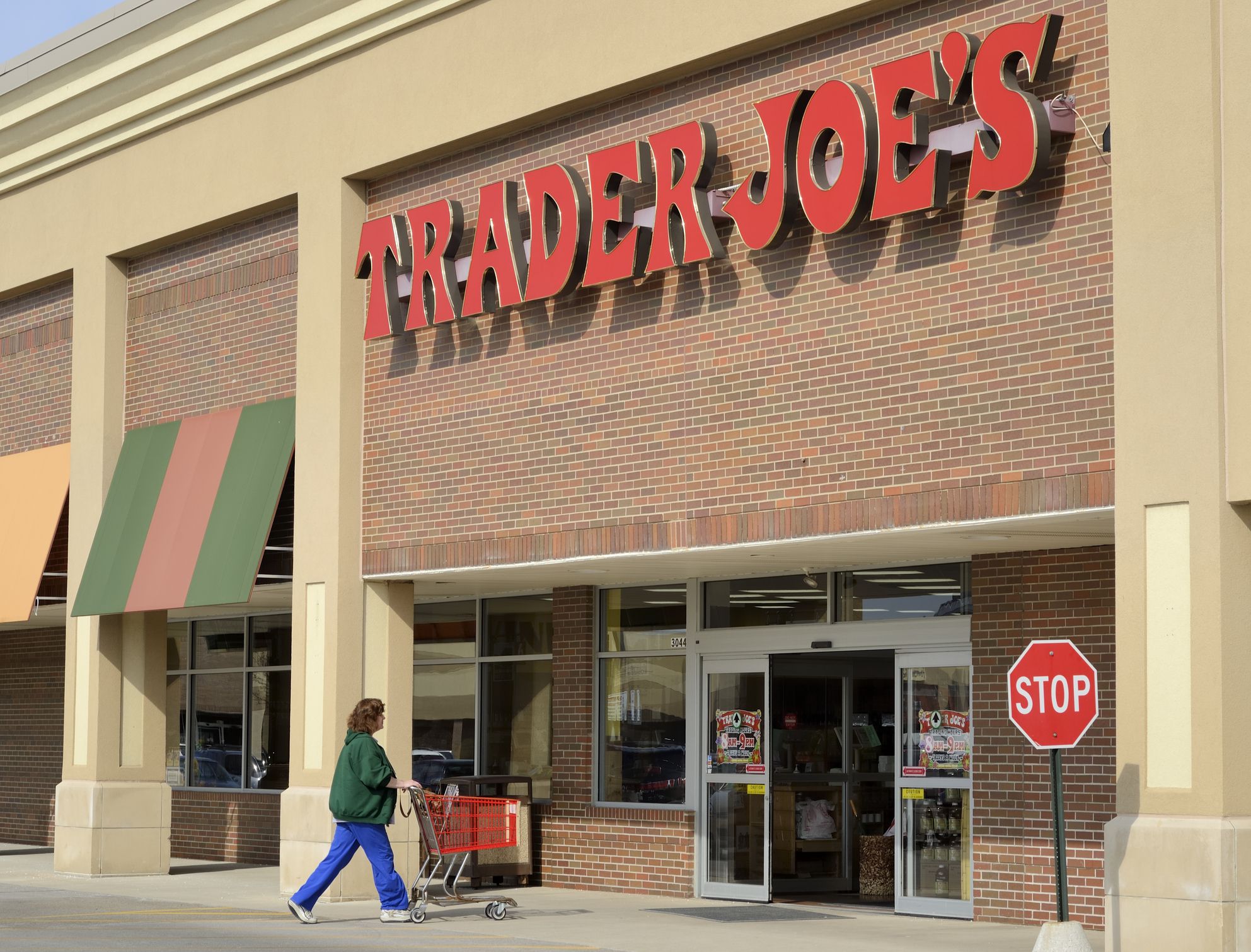
Maybe you’ll have buyer’s remorse about plopping that giant can of tuna in your cart, so familiarize yourself with the store’s return policy just in case. Some stores and online retailers have only a short return policy, so know you might have to move quickly. While some stores won’t take back perishable items. Some, like Trader Joe’s, will if your food is spoiled or you just hate it.
Trusting the End Caps
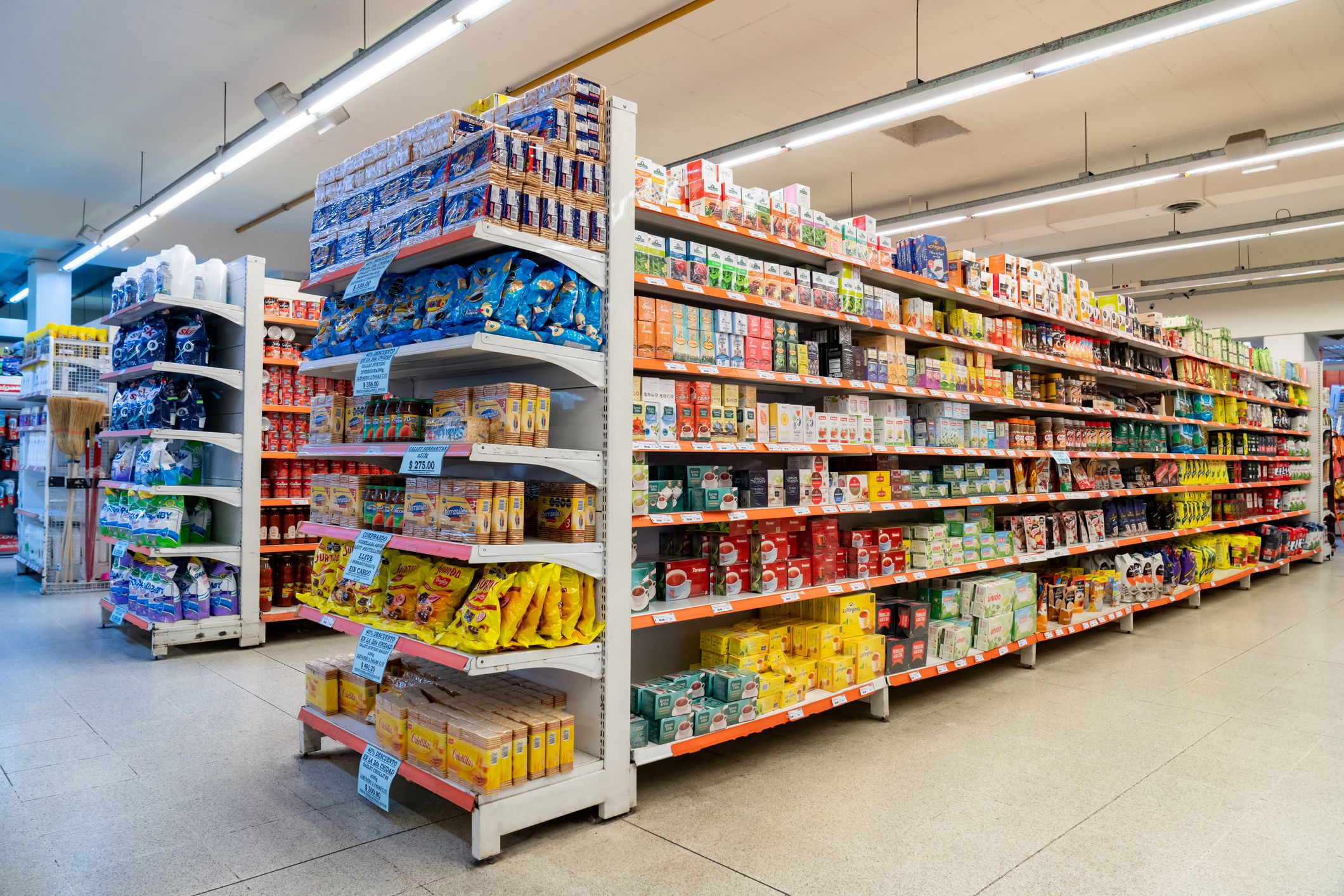
If you think everything on that end cap is a great deal, think again, cautions Mary Potter Kenyon, author of “Coupon Crazy: The Science, The Savings, and The Stories Behind America’s Extreme Obsession.” Grocery stores often pair a loss leader — that’s a product sold at a deep discount — with a premium product, hoping you’ll also buy the latter, she says. “For instance, boxes of spaghetti on sale will be paired with the more expensive spaghetti sauce. The tortilla chips that are on sale might be displayed with the more expensive salsa. Don’t blindly grab the paired product.”
Always Buying Multiples to Get a ‘Deal’
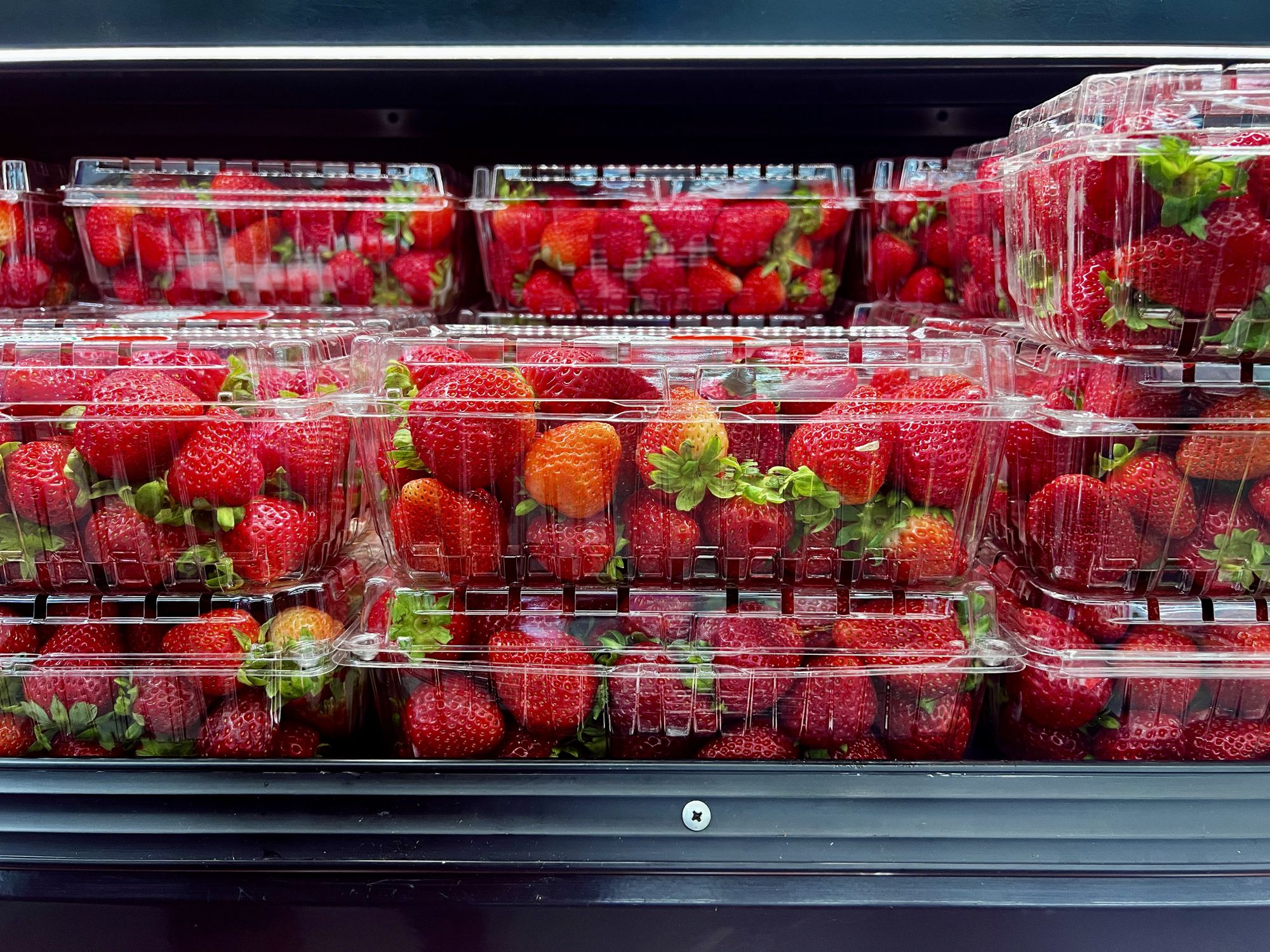
Grocery stores love to dangle deals like “10 for $10” or “3 for $6.” Why? “People will buy more when something is listed as 10 for $10 than if they are listed as $1 each,” says Melina Palmer, a behavioral economist and host of “The Brainy Business” podcast. Often, you aren’t required to buy the full number listed, Potter Kenyon says. “They are playing mind games with you and are correct in their assumption that the average consumer will put 10 in their cart, even if they don’t need or won’t use that many, just to get that sale price.”
Not Following Retailers on Social Media
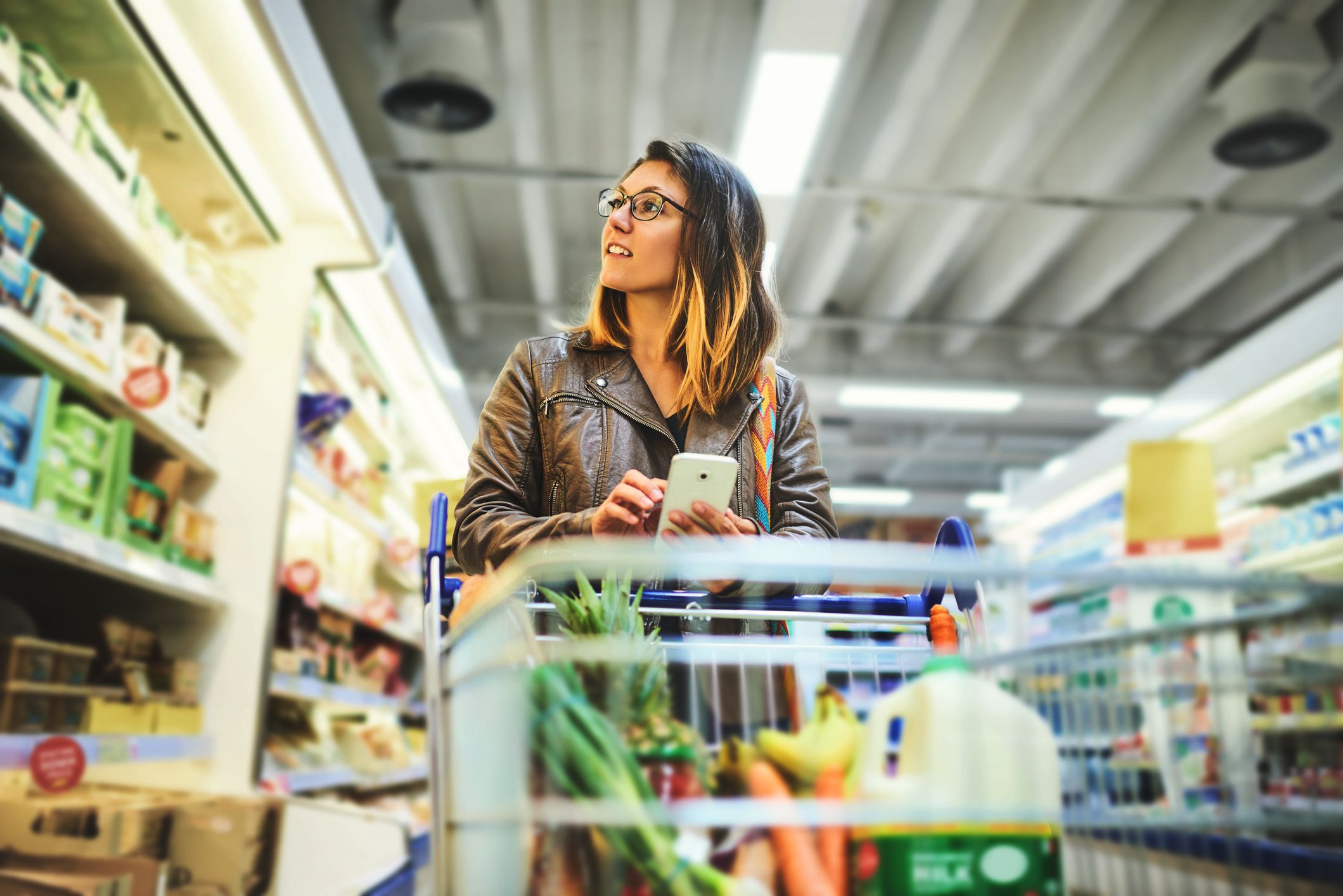
Maybe you don’t want to clip coupons. But following stores you frequent on Facebook and Twitter can get you coupon codes or links to special offers. Newsletters for first-time shoppers usually offer a one-time discount, too. Sometimes there are special sales and offers exclusively for a store’s followers, and if it’s way too much, just unsubscribe after the holiday season.
Trending on Cheapism
Going to the Store Too Often
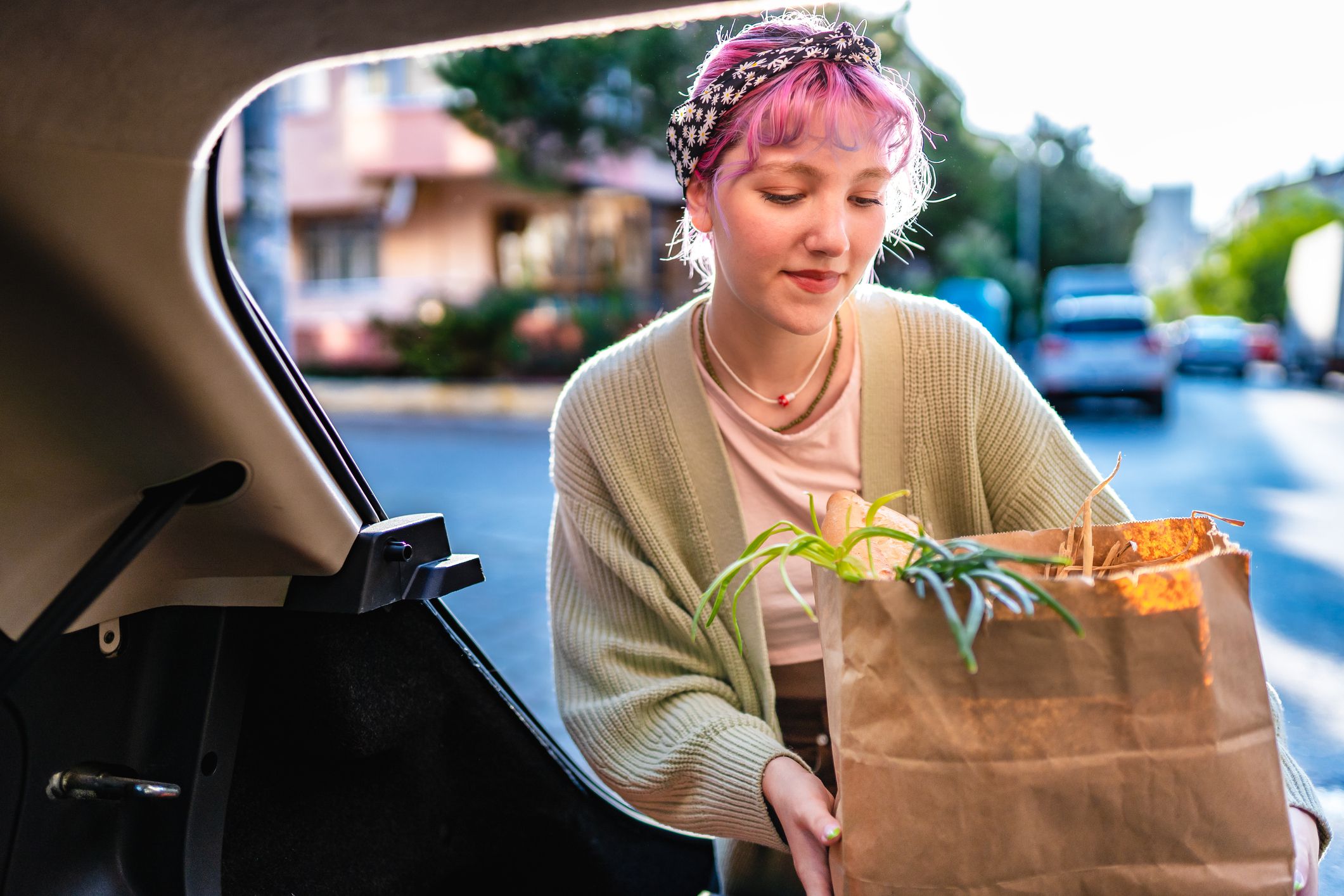
We already know that it’s bad news to hit the grocery store without a list, or when we’re hungry — both can make us susceptible to impulse buys. But it turns out that frequent grocery store trips can be one of the biggest factors driving unnecessary spending at the grocery. After all, frequent shoppers who may need only a few ingredients are more likely to find “deals” or fancy extras (a bottle of wine, a tasty baguette) that they may not need to fill up the rest of that basket.
Shopping Only at Eye Level
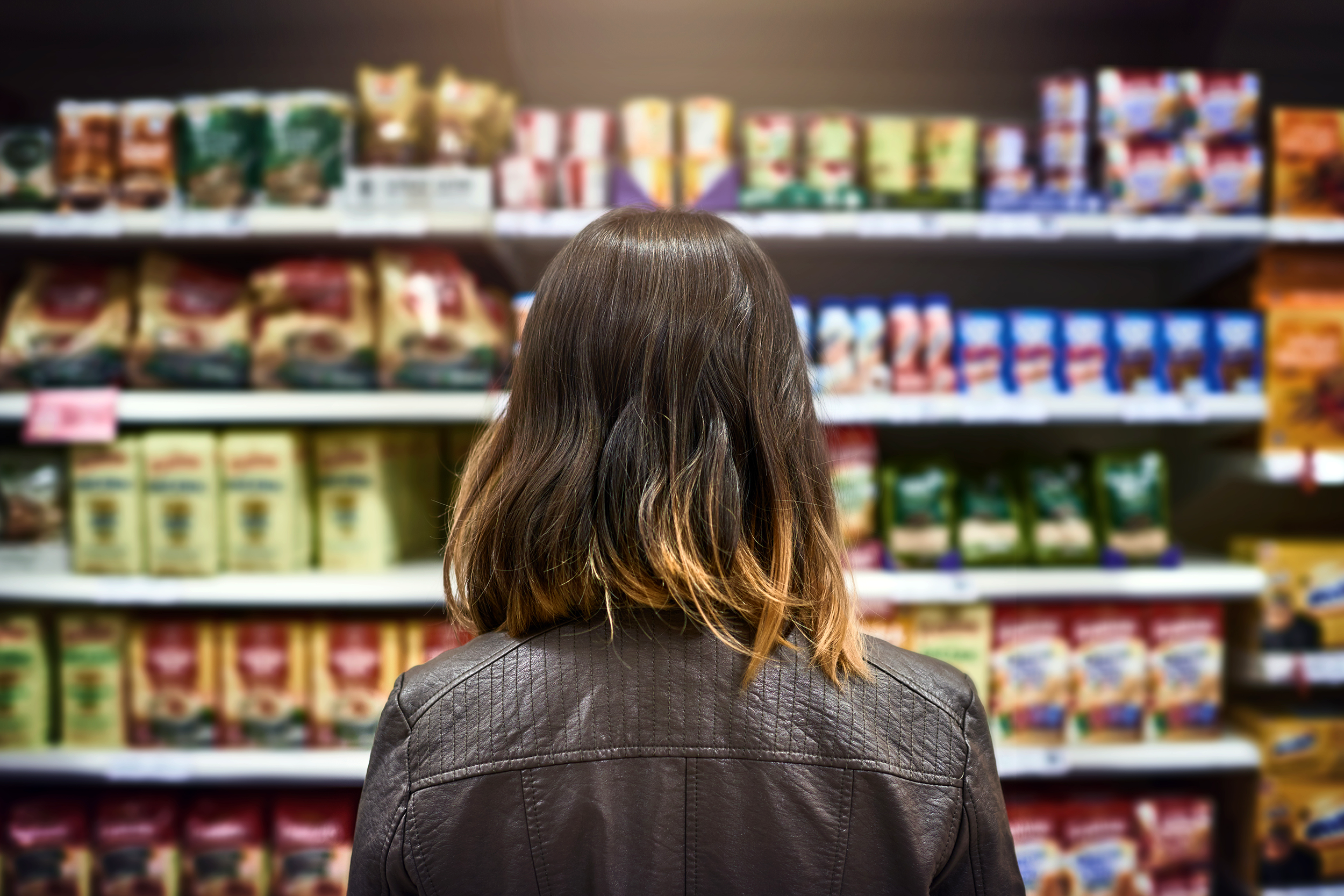
There’s a reason you find the pricier, name-brand items staring you right in the face in the grocery aisles. Those companies pay big money for premium product placement, betting that you’re too lazy to look up or down to find a better deal. And if you’ve noticed that your kids always throw a fit in the cereal aisle, there’s a reason for that: Flashy boxes festooned with cartoon characters are likely to be placed at a lower height where they can see (and beg) for them.
Forgetting to Stack Coupons
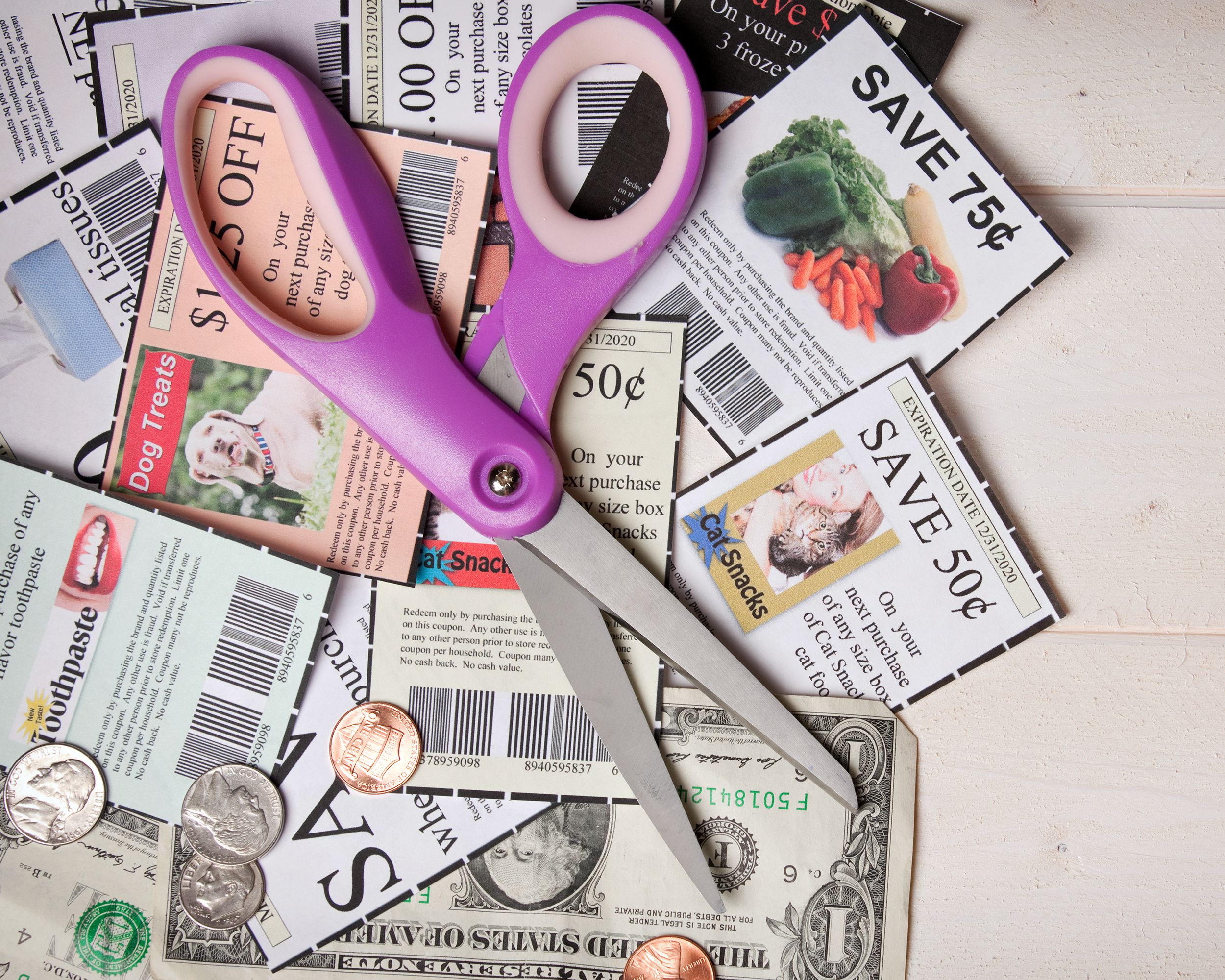
Unless your store’s coupon policy prohibits it, coupon stacking is a great way to pump up your savings. “The majority of stores allow you to combine their store coupon with a manufacturer coupon to double your savings,” Potter Kenyon says. “That means you can use a Hy-Vee store coupon (that has their logo on it) with a manufacturer coupon (that says manufacturer coupon on it) and save even more.” One more coupon strategy? See whether your grocery store accepts competitors’ coupons. It’s common practice at some big-name stores, including Publix.
Sign up for our newsletter
Treating the Grocery Like a One-Stop Shop
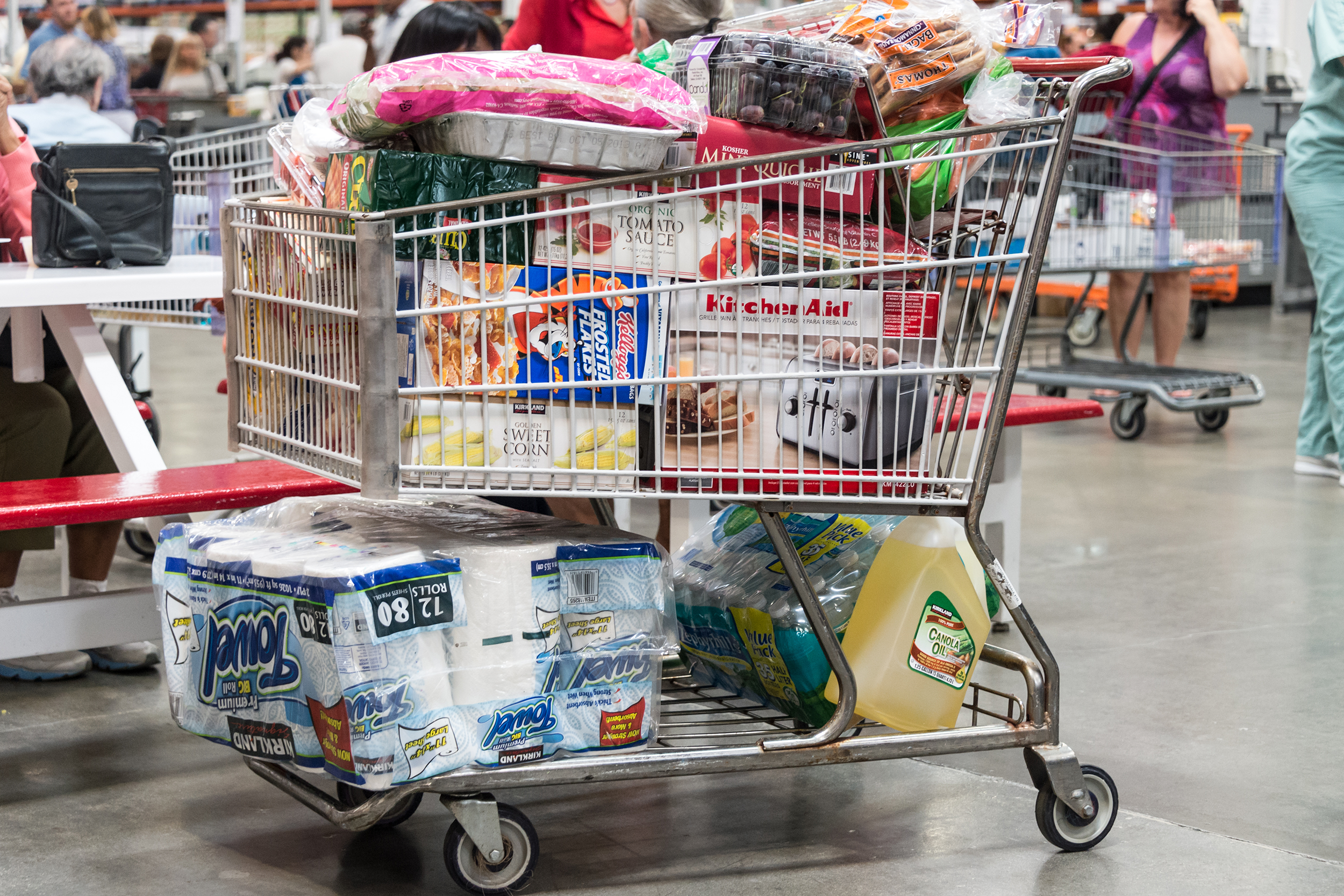
If you’re unwilling to go to other stores to buy what you need, you’re probably going to overpay for some things. Nonfood items such as office supplies, party supplies, and household cleaners can be much cheaper at the dollar store.
Overpaying for ‘Fresh’ Seafood
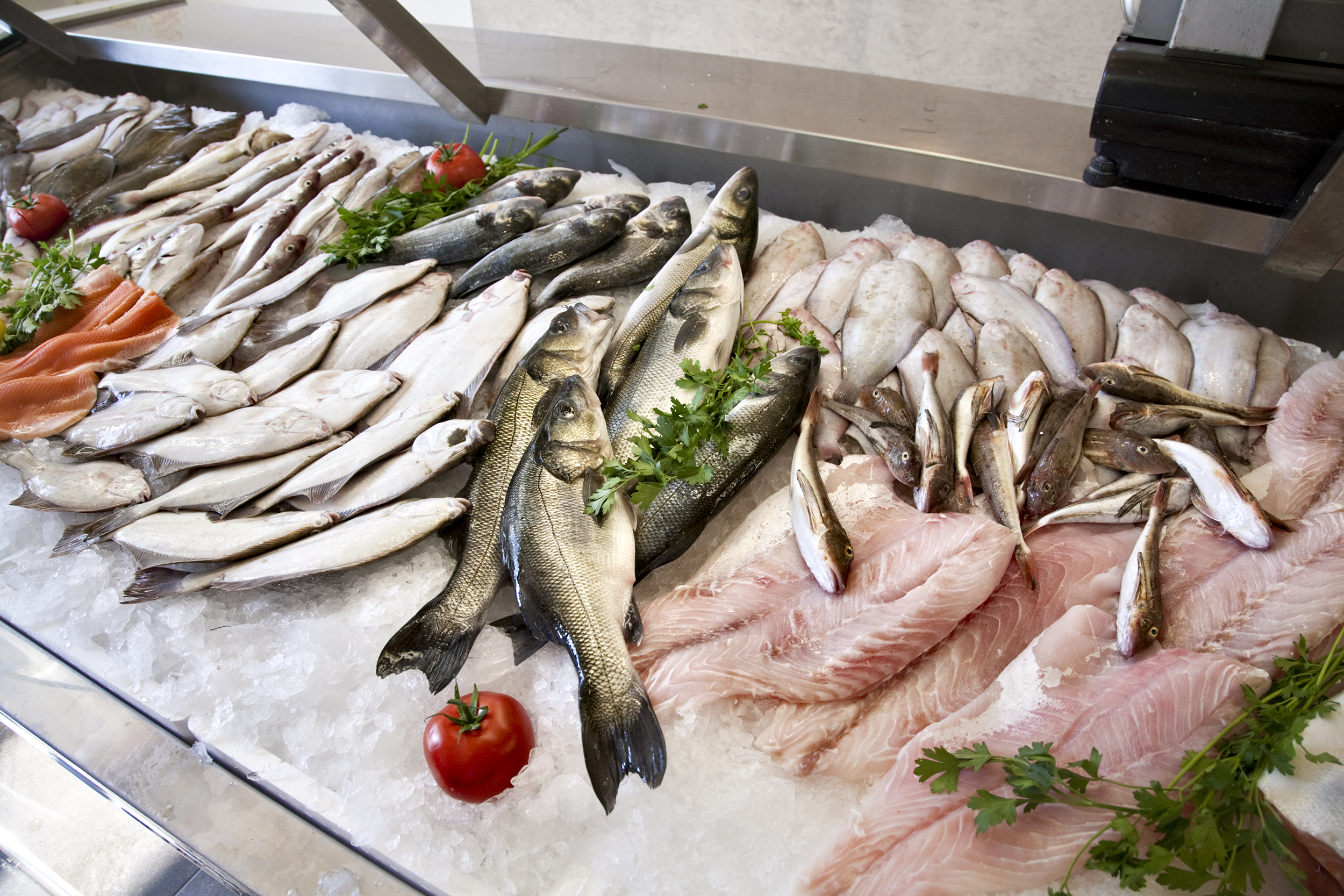
These days, advances in technology mean that gloriously plump looking fish behind the seafood counter probably isn’t as fresh as the vacuum-sealed fillets in the freezer case. The frozen fish may have been frozen just hours after it was caught, experts tell The Washington Post, while the “fresh” fish may already have been frozen, then thawed. Given the big price difference between fresh and frozen, this one is a no-brainer — grab the frozen fish and save.
Buying the Store-Prepped Meat
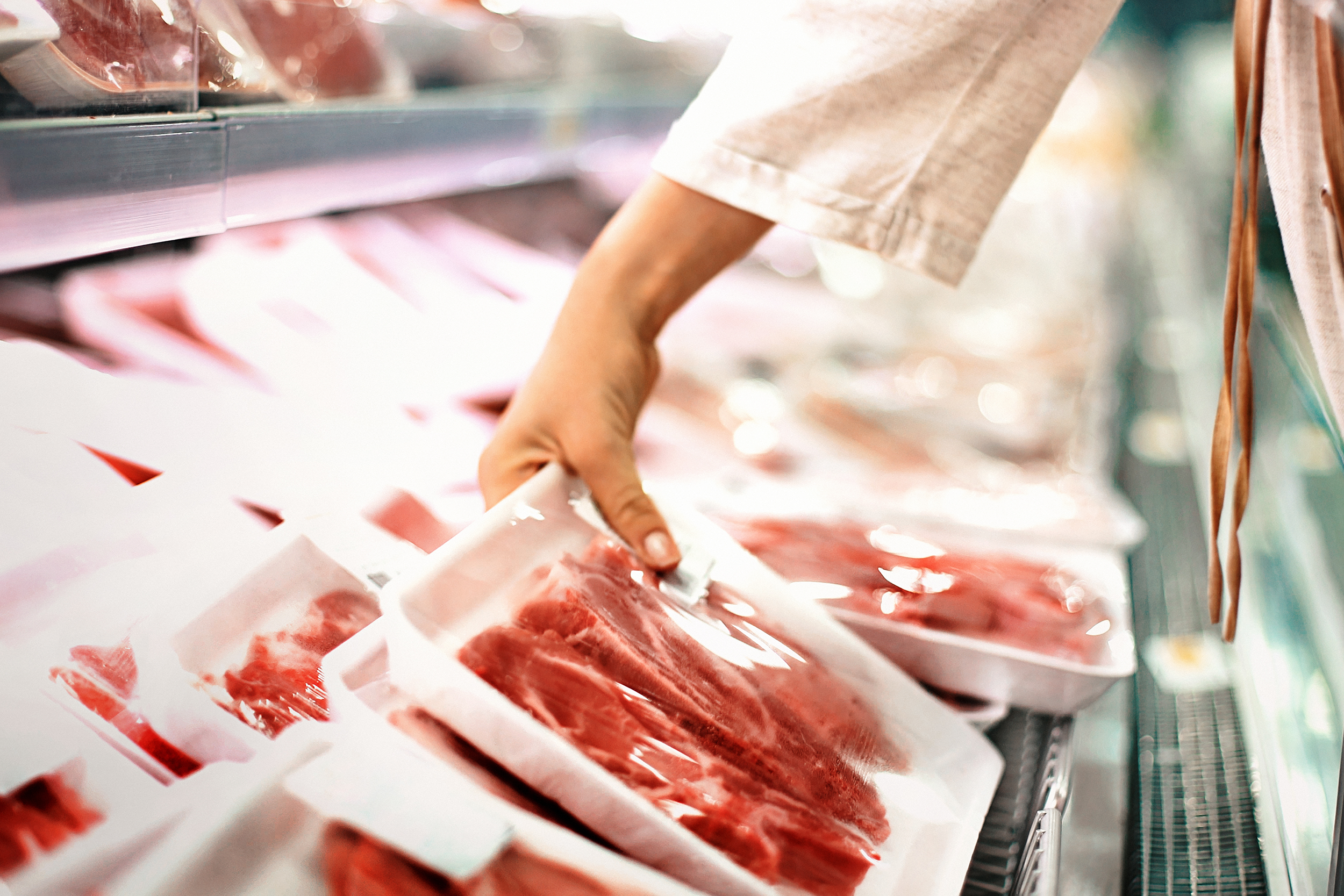
Convenience will always cost you, and nowhere is that as obvious as the meat department. “Any meats that are already cut and placed on skewers or seasoned are going to cost more,” cautions consumer finance expert Andrea Woroch. “Paying for this convenience could cost you 60% more. Save money by picking up larger slabs of meat or even a whole chicken and prepare it yourself.” Opting for cheaper cuts can also help you save.
Skipping the Deli Counter
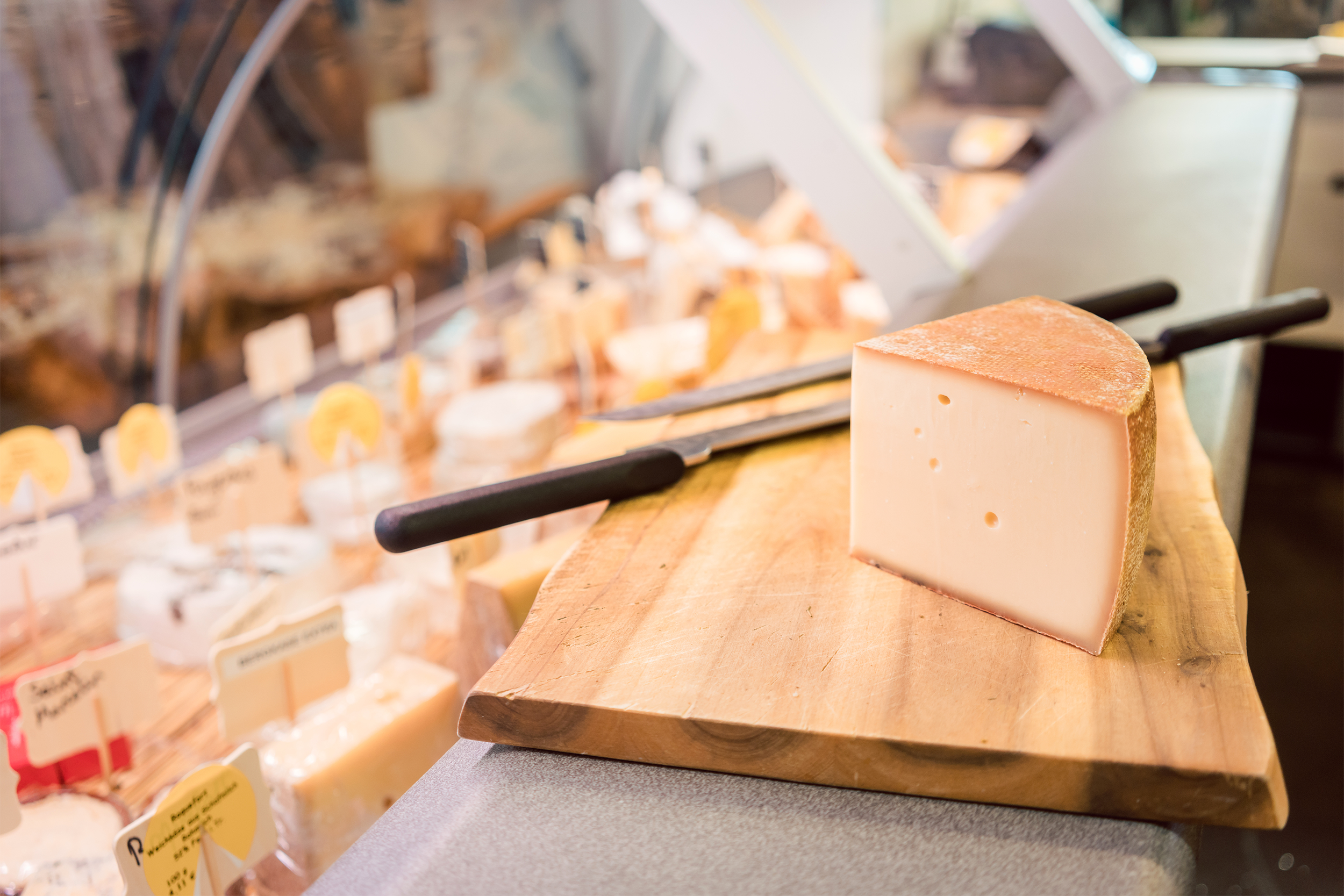
Be sure to stop by the deli instead of automatically reaching for packaged versions. Pricier brands can be cheaper if you place your order at the counter. The same goes for higher-quality cheeses, too — compare $11 for a pound of Alpine Lace Swiss cheese from the deli, or $16 for a ready-to-go package in the refrigerated deli case.
Assuming Bulk Is Always Best
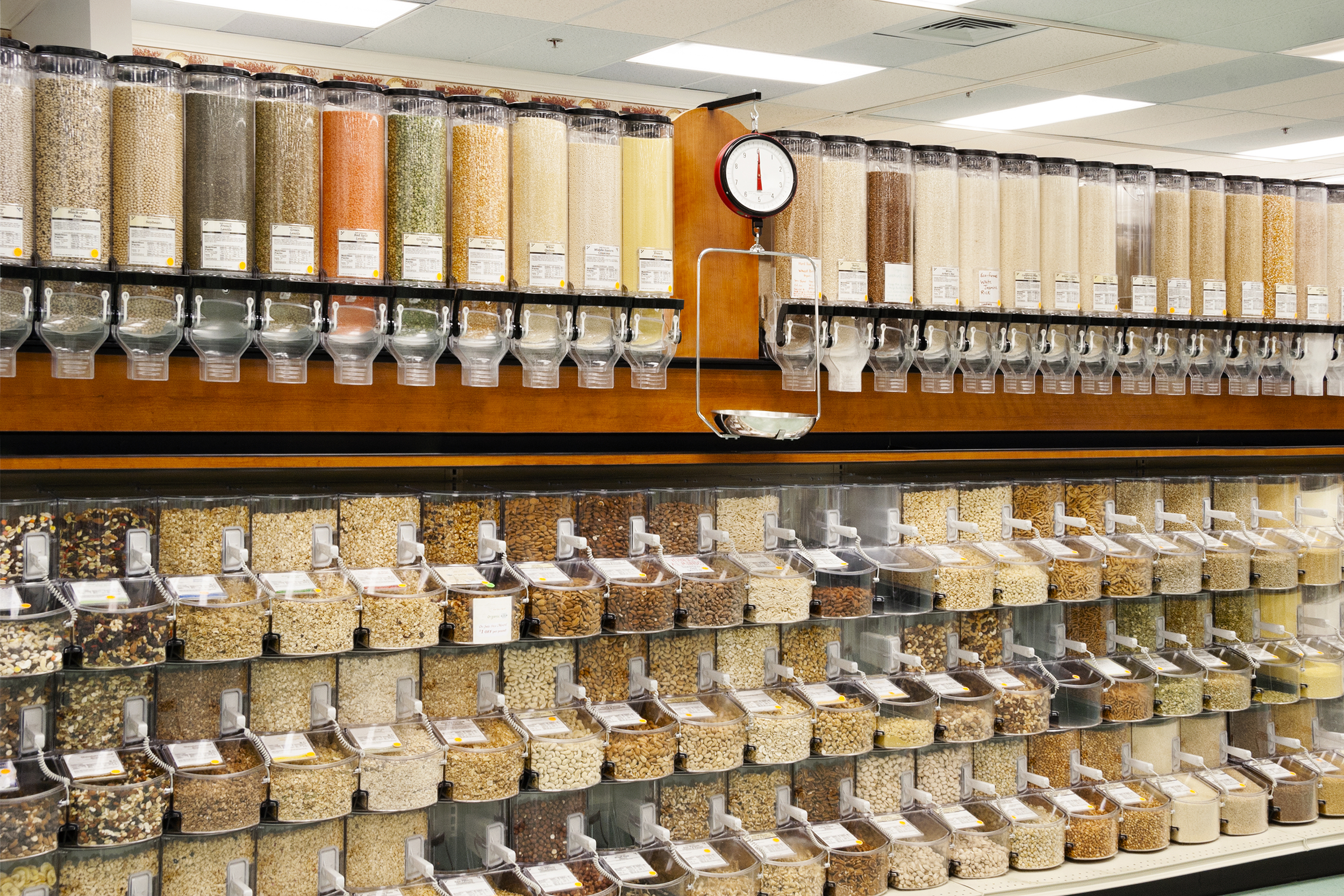
Buying in bulk can be great for your wallet. But when you’re at the grocery store instead of the warehouse club, you can’t assume you’re getting a deal just by buying the largest package. Always check the unit price (for instance, the price per ounce) before choosing. Groceries may periodically discount smaller, more popular quantities of any given product, making them a better deal. And, of course, bulk buys of food or products that may have a short shelf life are always a risk.
Shopping Without a Loyalty Card

Most grocery stores reserve sales for shoppers with loyalty cards — so if you shop without one, kiss those advertised discounts goodbye. The good news is that getting a loyalty card is almost always free, and it usually comes with other benefits. For instance, the Kroger Plus card allows shoppers to earn one fuel point for every dollar spent. Every 100 fuel points equal 10 cents off per gallon of gas at the store’s gas stations. And yes, it’s true that the store uses card data to track your spending, but at least that often means you’ll get coupons for the things you already buy anyway.
Forgetting About Fuel Perks
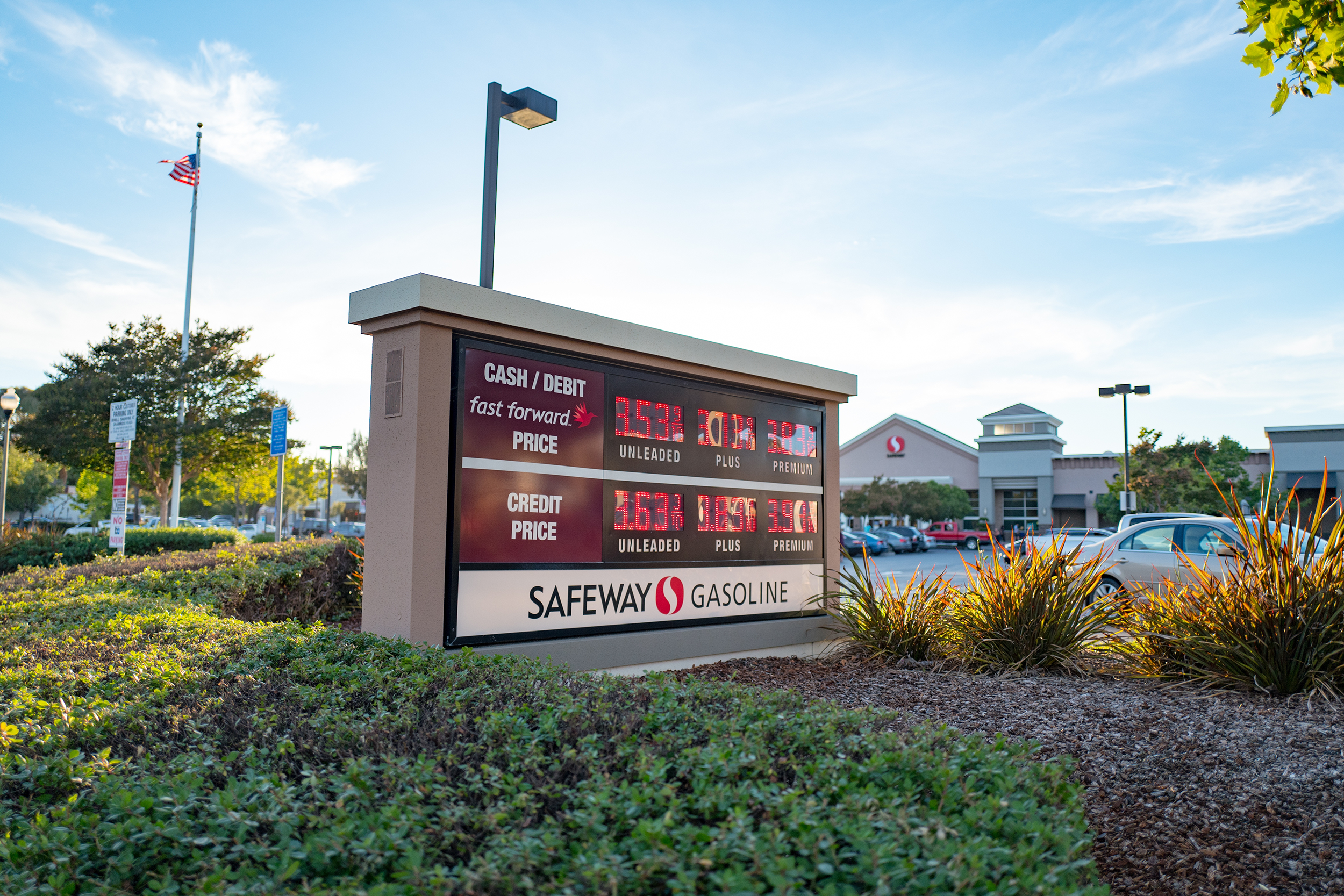
Speaking of fuel-perk programs, Kroger is far from the only store that helps you save on gasoline. And you can pump up your discounts using some simple tips and tricks. Some stores run promotions when they’ll double, triple, or even quadruple the points you get, either for everyday spending or purchases of certain items. Kroger automatically doubles points on gift-card purchases, so you may as well rack up those at-the-pump discounts if you need to buy gift cards anyway.
Dragging the Kids Along

Parents know the unique pain of shopping with small children: They’re bored, they’re whiny, and they’re begging you to buy the expensive fruit snacks because there’s a cartoon character on the front. “Don’t take your children if you can help it,” Potter Kenyon agrees. “You’ll end up with Little Debbie snacks and the cereal you never buy otherwise.” Thankfully, curbside pickup options mean you can still buy your groceries without even having to get your toddler out of their car seat. Just plan ahead, as some stores may not always have same-day pickup times available.
Getting the Biggest Cart
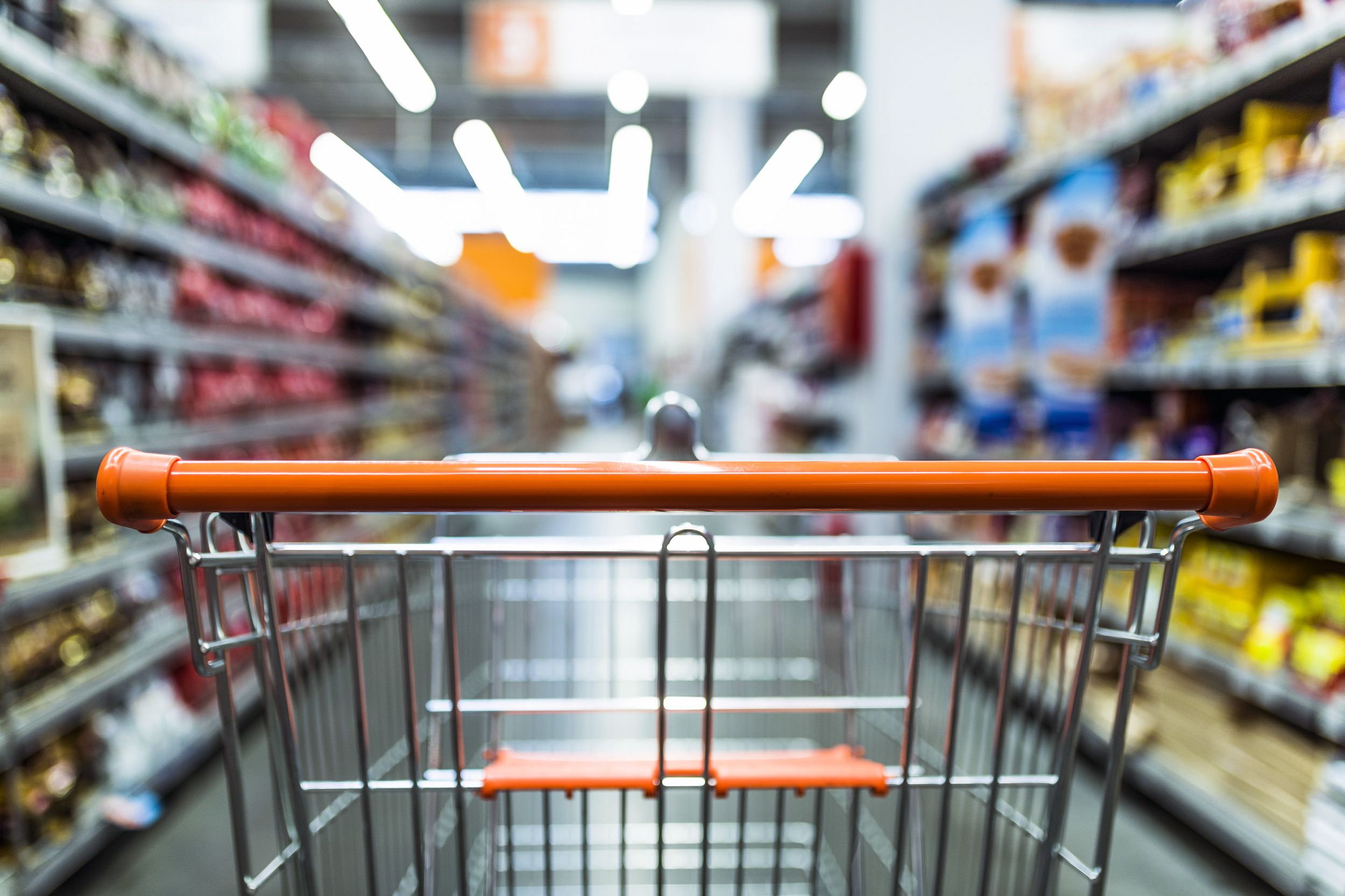
No one likes to run out of room, but if you know you’re not at the store for a big trip, opt for a basket or a smaller cart. Unfortunately, it turns out shoppers don’t like pushing around empty carts — and marketing experts say a cart that’s double the size can lead shoppers, on average, to buy 40% more than they may actually need.
Rebuying What You’ve Already Got

“Food is among the top three biggest household expenses … yet Americans waste 25% of their groceries,” Woroch says. She recommends always checking the pantry, refrigerator, and freezer before any trip to the store, then using sites such as SuperCook that let you build recipes based on what you already have. “Meanwhile, planning meals for the week and searching for those that use overlapping ingredients will also reduce your waste,” she adds.
Assuming the Store Brand Doesn’t Taste as Good
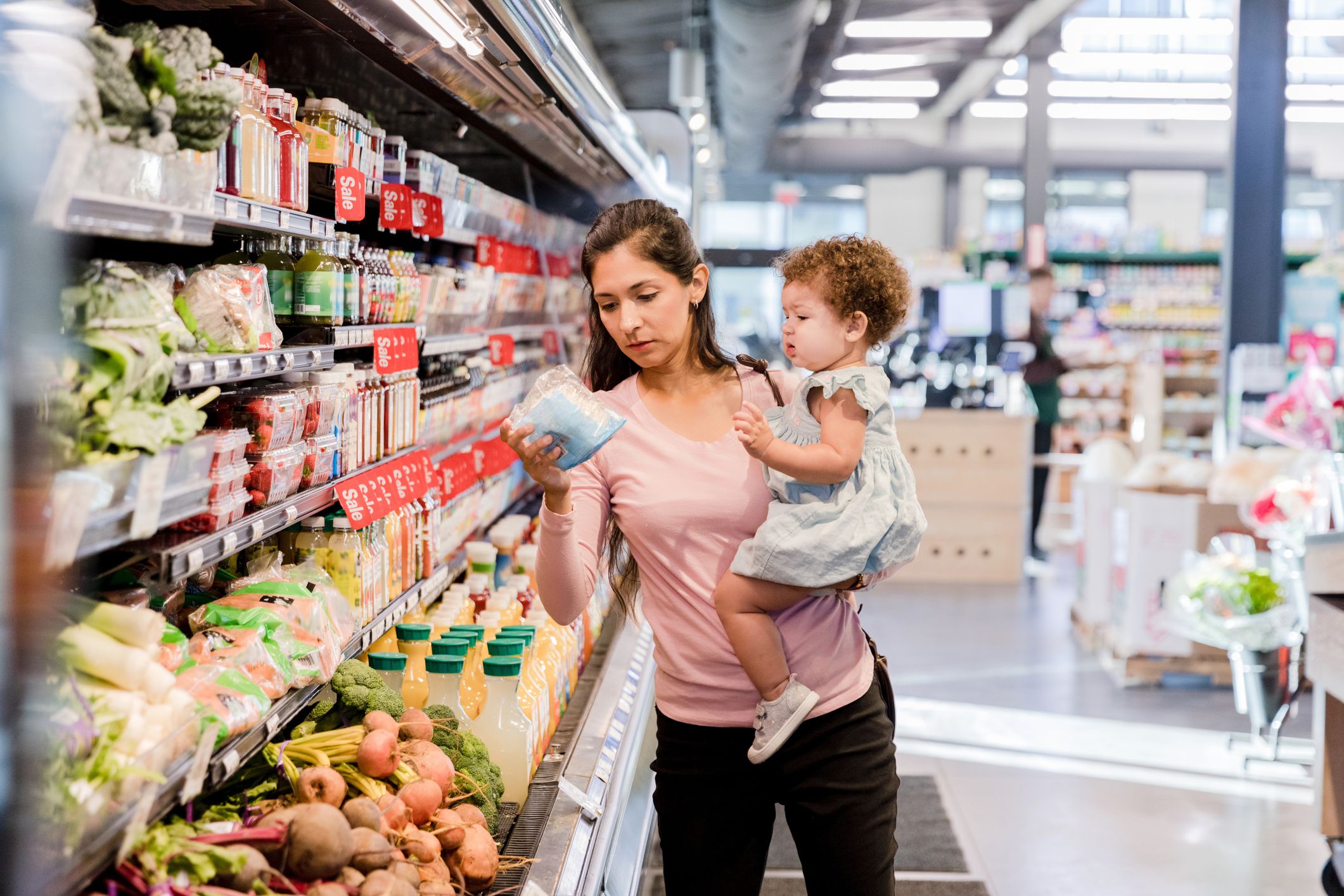
We all know that store brands are cheaper than their name-brand counterparts. But some of them taste just as good, too. Remember, the product that’s slapped with a store-brand label may even be made by the same manufacturers who churn out the biggest name brands out there. But you’ll pay less because advertising and marketing costs are much lower with store brands.
Overpaying for Toiletries, Beauty Items, and Household Goods
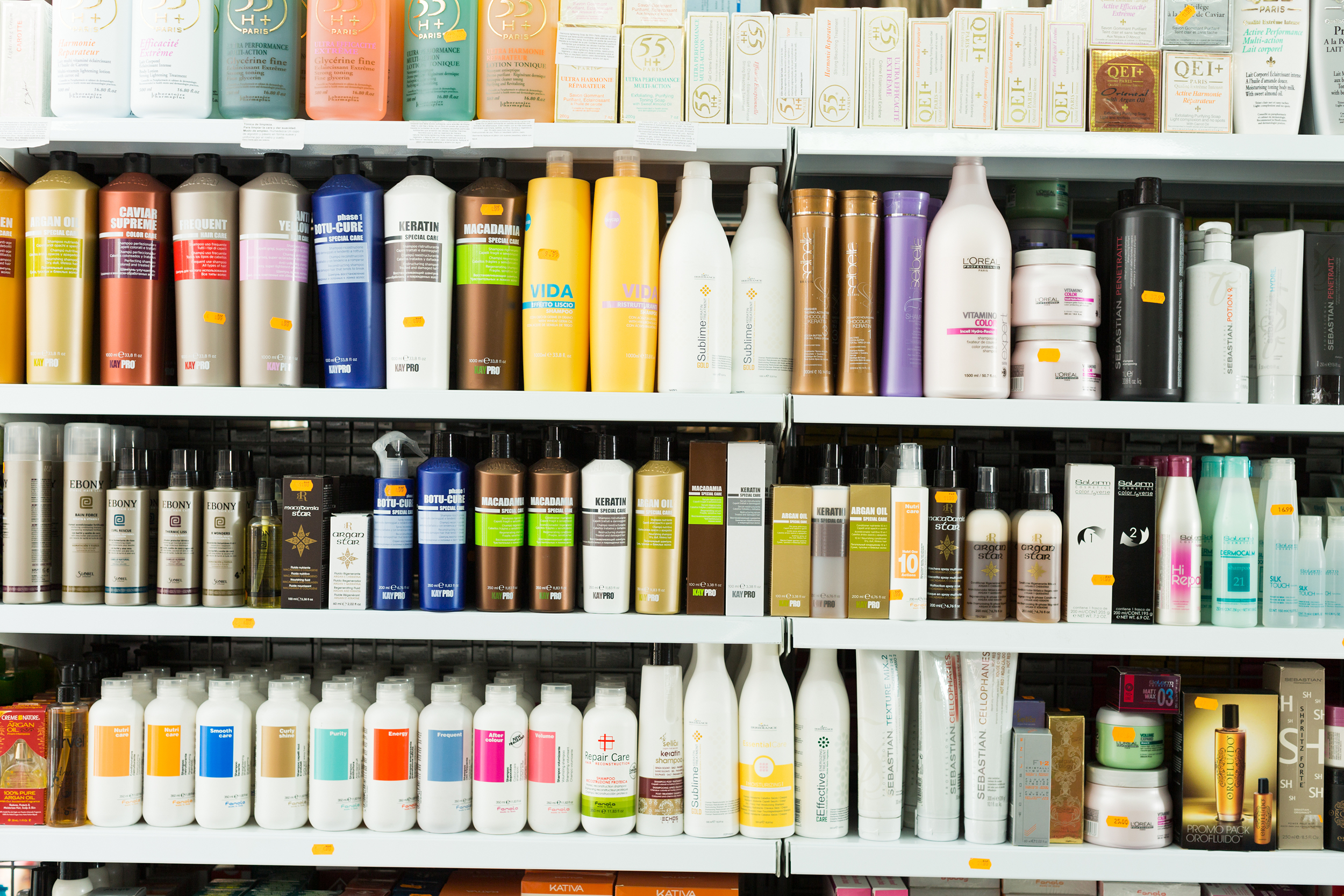
These are the aisles where it’s especially easy to spend more than you need to — and that’s even if you have coupons, Potter Kenyon says. “Never pay full price for any health and beauty items that you typically see coupons for in the newspaper. Clip those coupons, and wait for a sale. … When I can’t find a good sale before a coupon expires, I’ll head to the dollar store and stock up on toothbrushes and toothpaste.”
Forgetting to Exploit Yearly Sale Cycles
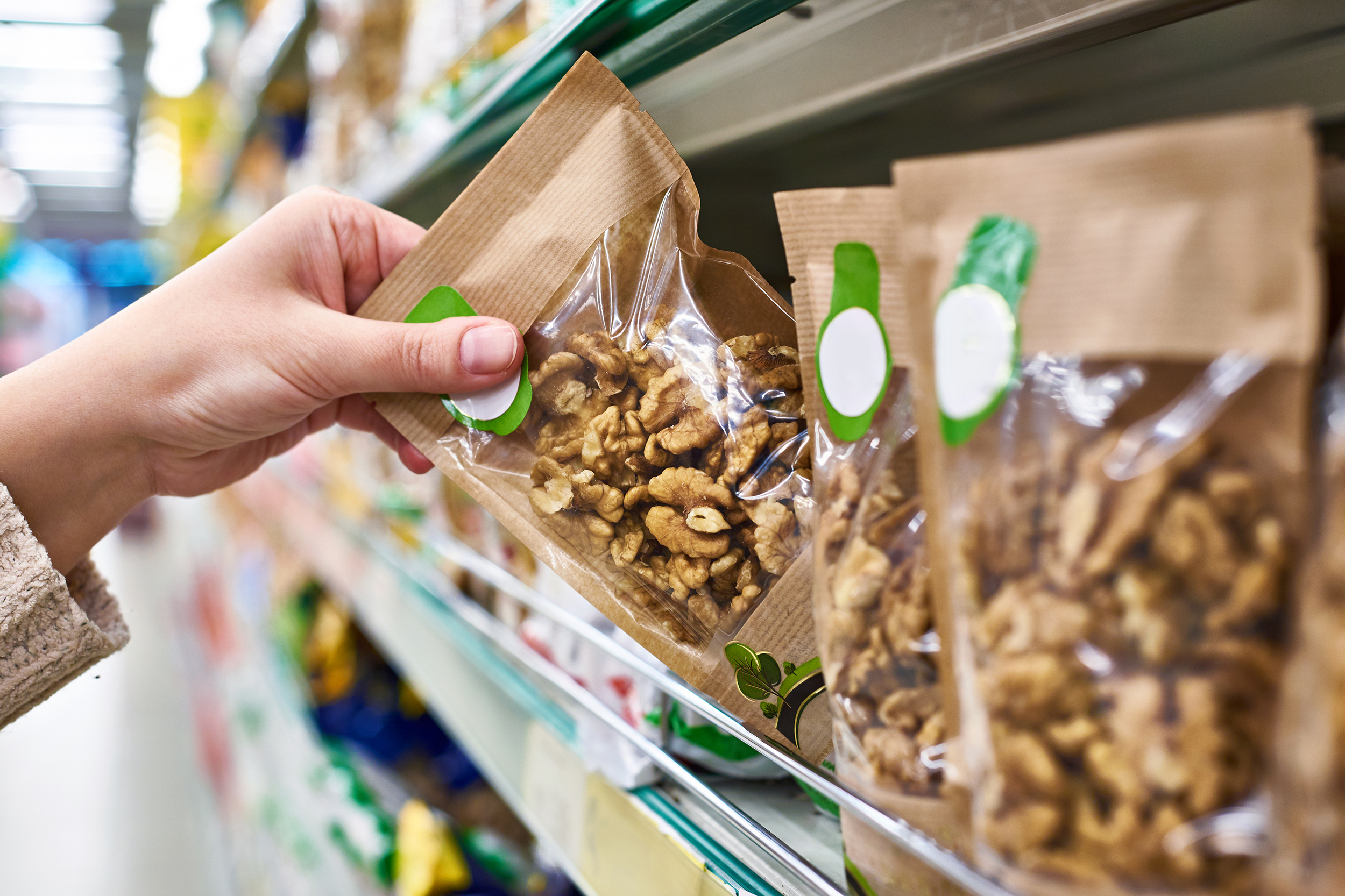
Sure, your store will put out a weekly circular that you should use as a buying guide. But also think about the bigger picture by stocking up on nonperishable items during the times of year they’re likely to be cheapest.
For instance, cereal often goes on sale in late summer and into fall to coincide with the beginning of the school year. In October and November, you can often find great deals on baking staples such as chocolate chips, nuts, cake mix, or canned pumpkin as people gear up to make holiday sweets.
Not Carving Out Freezer Space for Staple Items
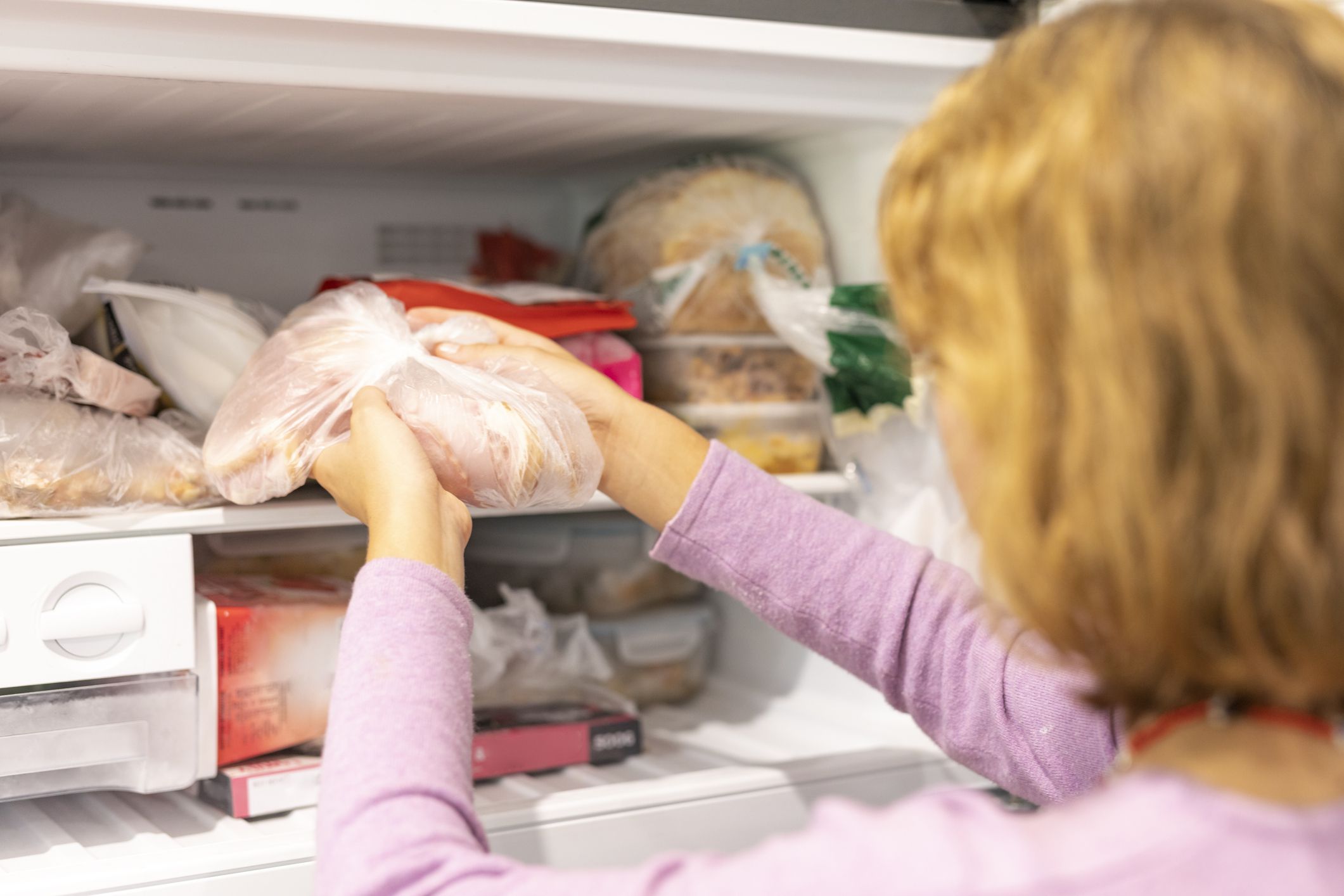
Sure, anything you’re buying in the frozen-food aisles needs room in the freezer, and you might toss in some beef, poultry, or fish you found on sale. But you can also freeze bakery items, produce, and refrigerated items that you manage to nab at a deep discount. Cherries, peaches, or other kinds of fruit with short peak seasons are obvious candidates, but don’t forget that you can freeze mundane items such as bread, cheese, butter, and nuts.
Forgetting About Cash-Back Apps and Rewards Credit Cards
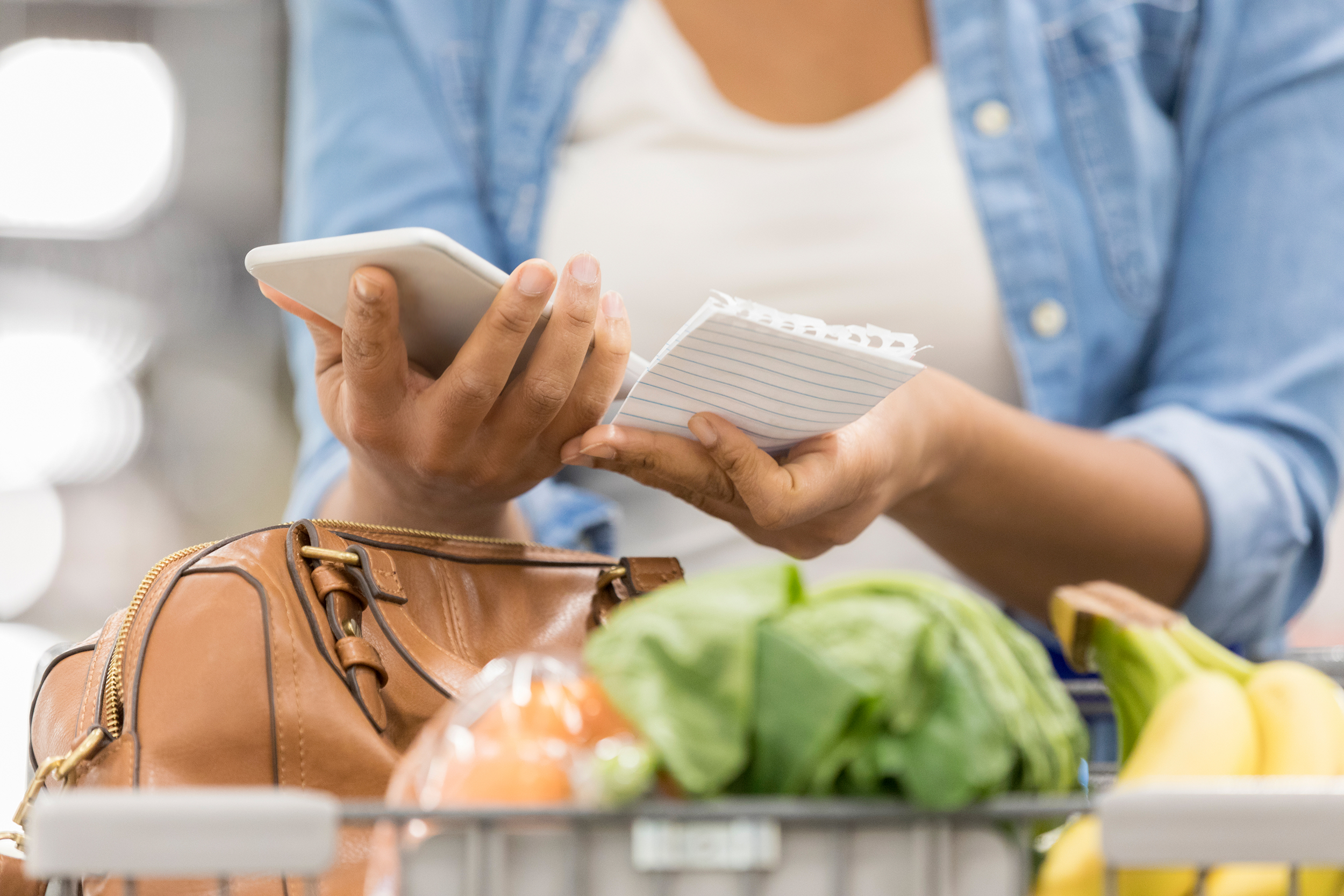
Using cash-back apps or rewards credit cards to grocery shop means you can still save without ever clipping a coupon. Apps such as Ibotta or Checkout 51 allow you to earn cash back on your grocery trips when you provide proof of purchase for certain items, which can be as easy as scanning barcodes, photographing your receipt, or linking the app to your store loyalty card. And then there are credit cards that let shoppers earn enough points or cash back at the supermarket that they should pay for at least one or more of your big grocery trips each year, according to The Points Guy.
Not Double-Checking Your Receipt
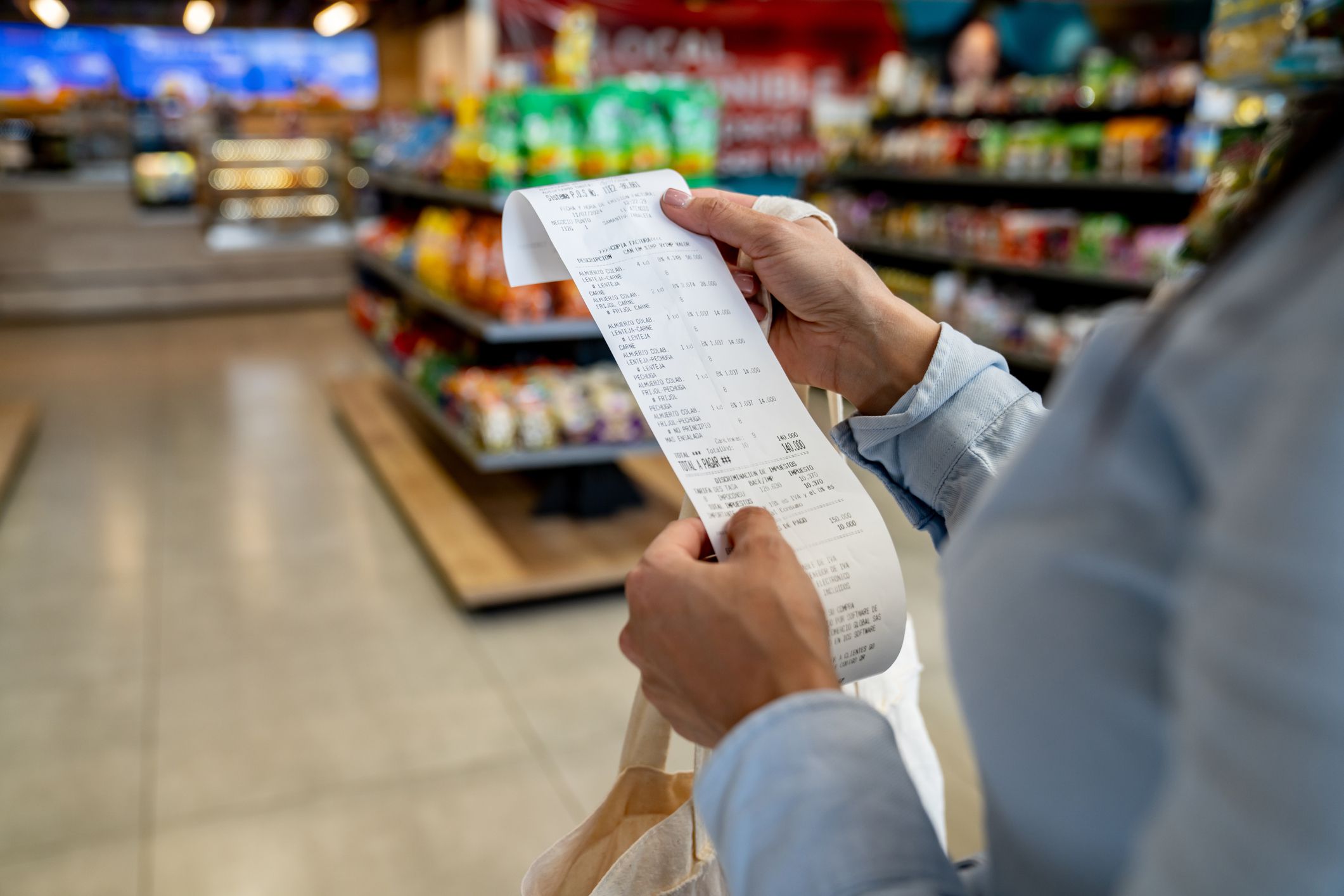
Customers shouldn’t have to police the clerk at checkout, but there’s a good reason to stay vigilant — consumers might be out anywhere from $1 billion to $2.5 billion annually because of improperly scanned items, according to a report on ABC News some years back. Be especially watchful that sale items ring up as they should, and watch for items that were accidentally scanned more than once, meaning you get charged double. One more reason not to toss your receipt: It may include valuable coupons or special offers on the bottom or the back.
